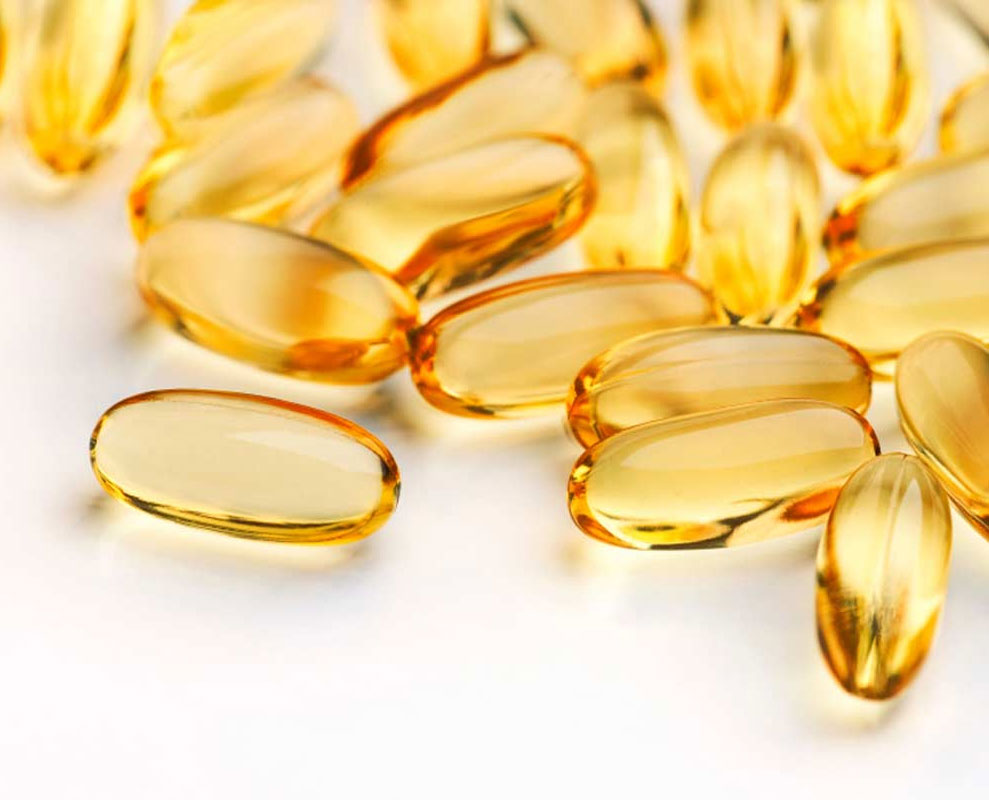Abstract
BACKGROUND:
Replicative senescence of human diploid fibroblasts (HDFs) has been used as a model to study mechanisms of cellular aging. Gamma-tocotrienol (γT3) is one of the members of vitamin E family which has been shown to increase proliferation of senescent HDFs. However, the modulation of protein expressions by γT3 in senescent HDFs remains to be elucidated. Therefore, this study aimed to determine the differentially expressed proteins (DEPs) in young and senescent HDFs; and in vehicle- and γT3-treated senescent HDFs using label-free quantitative proteomics.
METHODS:
Whole proteins were extracted and digested in-gel with trypsin. Peptides were detected by Orbitrap liquid chromatography mass spectrometry. Mass spectra were identified and quantitated by MaxQuant software. The data were further filtered and analyzed statistically using Perseus software to identify DEPs. Functional annotations of DEPs were performed using Panther Classification System.
RESULTS:
A total of 1217 proteins were identified in young and senescent cells, while 1218 proteins in vehicle- and γT3-treated senescent cells. 11 DEPs were found in young and senescent cells which included downregulation of platelet-derived growth factor (PDGF) receptor beta and upregulation of tubulin beta-2A chain protein expressions in senescent cells. 51 DEPs were identified in vehicle- and γT3-treated senescent cells which included upregulation of 70 kDa heat shock protein, triosephosphate isomerase and malate dehydrogenase protein expressions in γT3-treated senescent cells.
CONCLUSIONS:
PDGF signaling and cytoskeletal structure may be dysregulated in senescent HDFs. The pro-proliferative effect of γT3 on senescent HDFs may be mediated through the stimulation of cellular response to stress and carbohydrate metabolism. The expressions and roles of these proteins in relation to cellular senescence are worth further investigations. Data are available via ProteomeXchange with identifier PXD009933.

